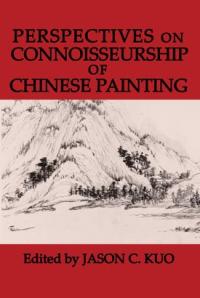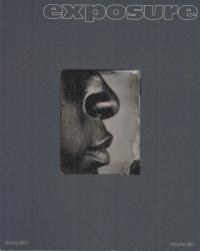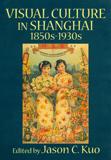Dr. Abigail McEwen contributes essay to 150th anniversary publication of Arts Student League (NYC)
Olga Albizu's training and work come to life in Dr. McEwen's essay


Research in art history and archaeology is an interdisciplinary enterprise.
We're here for Diversity, Equity, and Justice
This book focuses on several mythological paintings created by Rubens between 1610 and 1620. Even by the standards of erudition commonly applied to his oeuvre, these works demonstrate a particularly intense engagement on his part with questions of artistic originality and ideal style. Furthermore, their learned themes point to a rarefied audience steeped in classical and renaissance theories. Through these close readings, the author illuminates the importance of the rhetorical conventions of the period for Rubens’s mode of composition, or the intersection of the poetic and the “archaeological” in his approach to themes drawn from classical mythology.
Read More about Rubens and the Archaeology of Myth (1610-1620): Visual and Poetic Memory

Read More about Perspectives on Connoisseurship of Chinese Painting


The book provides us a point of entry into the nexus of relationships that structured the encounter between China and the West as experienced by the treaty-port Chinese in their everyday life. Exploring such relationships gives us a better sense of the ultimate significance of Shanghai’s rise as China’s dominant metropolitan center. This book will appeal not only to art historians, but also to students of history, gender studies, women’s studies, and culture studies who are interested in modern China as well as questions of art patronage, nationalism, colonialism, visual culture, and representation of women. The book was based on material produced through a project supported by two generous grants ($125,000) from the Henry Luce Foundation.

Read More about Graphic Modernism from the Baltic to the Balkans, 1910-1930
